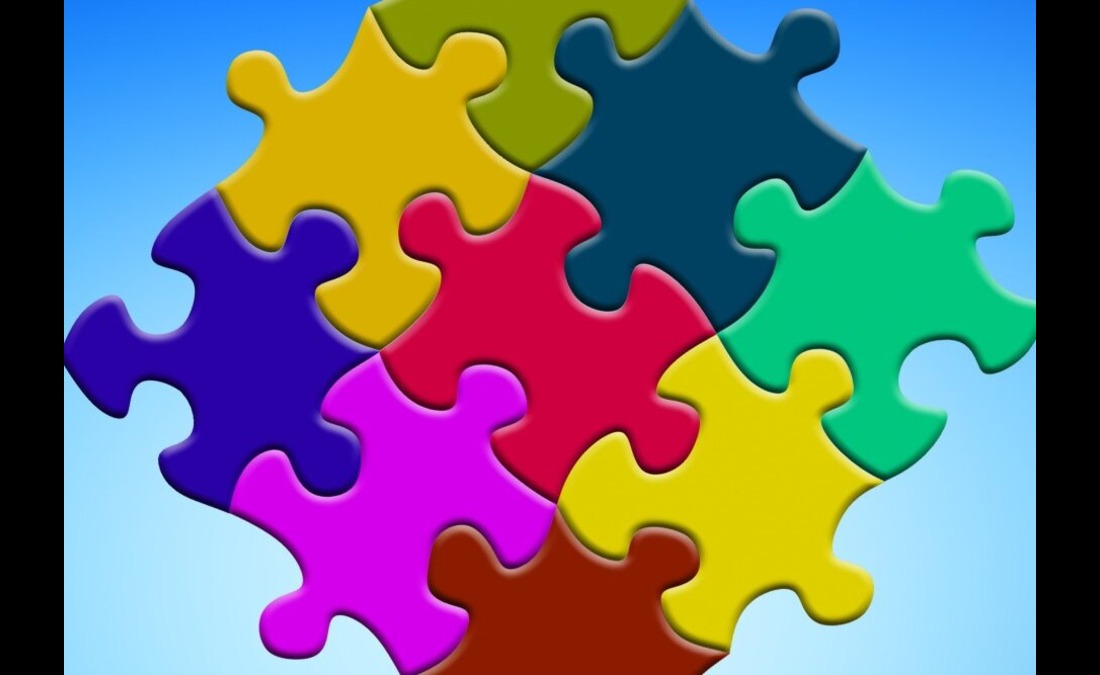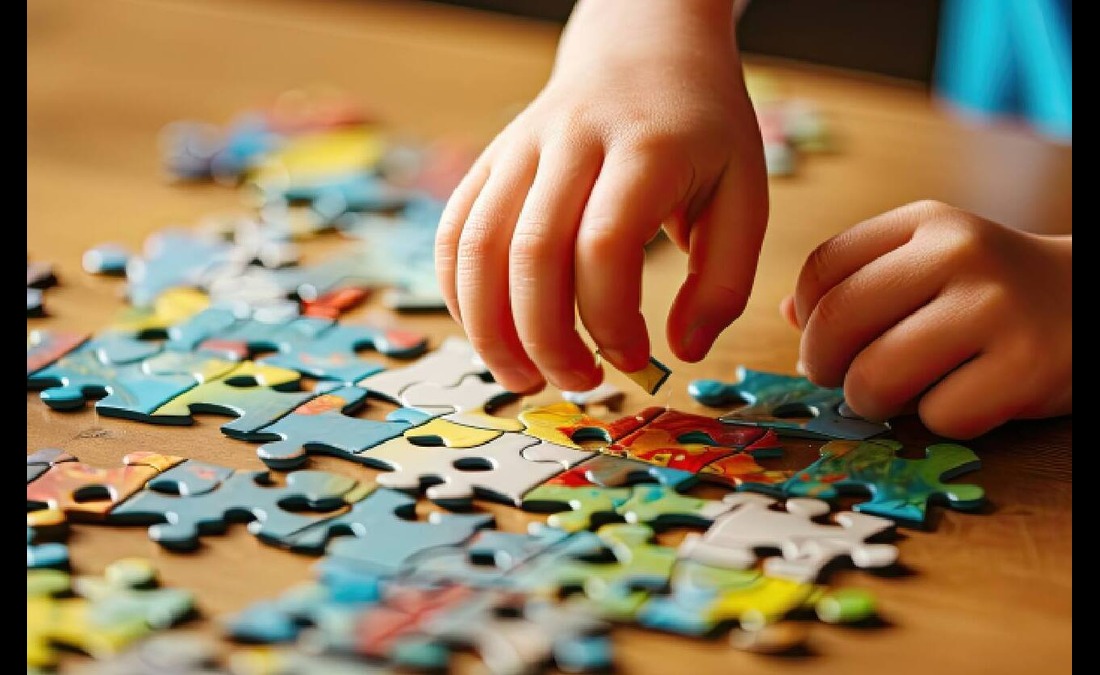The New York Times (NYT) is renowned for its intellectually stimulating puzzles, one of the most popular being NYT Connections Hints. This unique word puzzle challenges players to identify and categorize words from a grid of 16 words. The task is simple in theory but difficult in practice: players must group the words into four distinct categories of four words each. If you’ve ever tried playing NYT Connections, you know it requires both a sharp mind and creativity to solve the puzzle. In this article, we’ll discuss how you can get better at NYT Connections Hints and provide some useful hints and strategies that could help you improve your gameplay.
Understanding the NYT Connections Puzzle
Before diving into specific hints and strategies, let’s first get familiar with the basics of the NYT Connections puzzle.
In each puzzle, players are presented with a grid containing 16 words. The goal is to organize these words into four groups of four words, where each group shares a common theme or connection. While the connections may seem easy at first, some words are tricky and may fit into more than one category, making it a challenging task. The puzzle tests a variety of skills such as lateral thinking, general knowledge, and language proficiency.
NYT Connections Hints: Categorizing Words
One of the most essential skills in solving NYT Connections Hints is the ability to identify potential categories. This requires both observation and knowledge of different subjects, from history to pop culture. Here are some hints to help you categorize words effectively:
1. Look for Obvious Groupings
Start by scanning the 16 words and looking for any that are immediately linked. For example, you may spot a group of animals, countries, or colors. These obvious connections are often the easiest to spot and can serve as a foundation for solving the puzzle. By identifying a group early on, you’ll narrow down the possibilities for the remaining words.
2. Consider Word Families
Sometimes, the words may be related through linguistic features rather than a concrete category. For example, words could share similar prefixes, suffixes, or etymologies. If you spot words that come from the same linguistic origin or share a specific grammatical structure, that could be a potential category.

3. Identify Contextual Connections
In some puzzles, the connections between words are more abstract. You may need to rely on general knowledge to link words. For instance, words related to sports, technology, or literature may require a little more thinking and recall. Be open to multiple interpretations of words, as some of them may be more context-dependent.
4. Cross-Reference Words
If you’re stuck on a few words that don’t seem to belong in any of the obvious categories, try cross-referencing them with other words in the grid. Sometimes, you can discover an unexpected relationship between words that aren’t initially apparent. For example, words like “Titanic,” “Viking,” and “Cleopatra” may initially seem unrelated, but a deeper exploration may reveal that they are all connected to historical figures and events.
Strategies to Improve Your NYT Connections Gameplay
If you want to consistently perform well in NYT Connections Hints, it’s essential to develop strategies to approach the puzzle methodically. Here are a few strategies that could improve your puzzle-solving skills:
1. Start with the Easy Categories
At the beginning of the puzzle, focus on identifying the simplest categories first. These categories will serve as your anchor, making it easier to solve the remaining categories. Once you’ve identified one or two groups, you’ll have fewer words to work with, which reduces the complexity of the puzzle.
2. Use Process of Elimination
When you’re stuck, don’t be afraid to eliminate options. Try grouping words together that you think could fit, and see what connections you can make. If a group doesn’t seem to fit, scratch it out and try a new approach. By eliminating incorrect options, you’ll make it easier to focus on the correct connections.
3. Be Flexible with Your Thinking
NYT Connections is designed to challenge your thinking and push you outside your comfort zone. If you find yourself fixated on one particular theme, try to think outside the box and consider other possible connections. Even if it seems like a word belongs to a particular category, challenge yourself by exploring other possibilities. Flexibility in your thought process is key to cracking the puzzle.
4. Take Your Time
While the puzzle may seem like a race against time, it’s important to take your time to analyze the words carefully. Rushing through the puzzle may cause you to miss potential connections. A deliberate, patient approach will ultimately lead to better results. The more you practice, the faster you’ll become, but taking your time will help you improve your skills in the long run.
5. Practice Consistently
Like any puzzle or game, regular practice is essential for honing your skills. Try playing NYT Connections Hints daily or a few times a week. Over time, you’ll become familiar with different patterns, themes, and categories, which will make it easier to solve puzzles quickly and efficiently.
The Role of Knowledge in NYT Connections
NYT Connections is not just about word associations; it’s also about applying knowledge from various fields. The game rewards players who have a wide range of knowledge in areas such as geography, history, science, art, and popular culture. Some tips to improve your knowledge include:
1. Stay Informed
Make it a habit to read about different topics, from current events to historical facts. The more knowledge you have at your disposal, the easier it will be to recognize connections in the puzzle. Follow the news, read books, and engage in learning activities that expand your understanding of various subjects.
2. Develop a Curiosity for the Unknown
Even if you don’t know the answer to a particular connection, approach the puzzle with curiosity. Use it as an opportunity to learn something new. Whether it’s a famous landmark, a scientific term, or a literary figure, take the time to look up unfamiliar words. This will not only improve your performance in future puzzles but also enrich your overall knowledge.
3. Leverage Your Interests
If you have particular interests, such as sports, movies, or technology, use them to your advantage. These categories frequently appear in the NYT Connections Hints puzzle. Your passion for these topics will give you a head start in spotting relevant words.
Conclusion
NYT Connections is a fascinating puzzle game that challenges players to think critically, recognize patterns, and apply knowledge from various fields. While it may seem overwhelming at first, you can become a master of the game with the right hints and strategies. Start by identifying obvious connections, use process of elimination, and practice regularly. Don’t forget to stay curious and broaden your knowledge across diverse topics, as this will significantly enhance your performance.
By incorporating these tips into your approach, you’ll not only become faster at solving the puzzle but also improve your problem-solving skills. So, whether you’re a casual player or an aspiring puzzle expert, use these NYT Connections Hints hints to master the game and enjoy the satisfaction of completing each puzzle.




